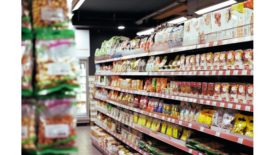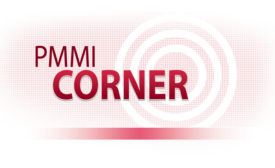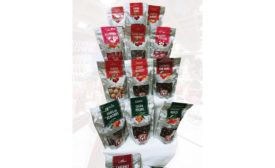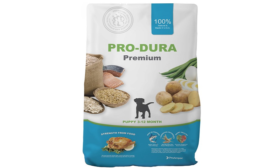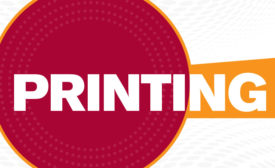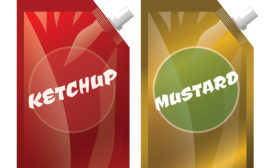ARTICLES
Flexible Focus: Confectionary
FFS Machines Fill Candy's Sweet Spot
Versatile FFS packaging equipment provides easy changeovers for single-serve confectionery packaging.
March 12, 2020
Industry Insights: Digital Printing
Digital Printing Takes Hold in Flexible Packaging
September 12, 2018
PMMI Corner
Growing Flexible Packaging Demand
Consumer demands for environmentally friendly, convenient and cost-effective packaging continue to drive flexible packaging market growth.
June 18, 2018


